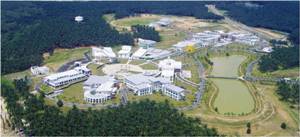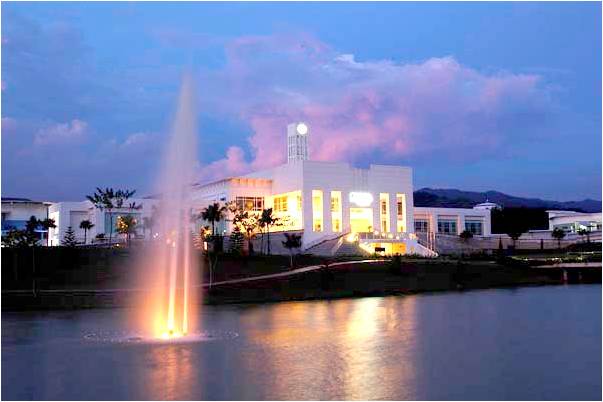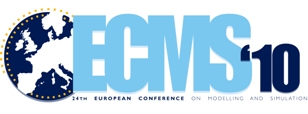SIMULATION MEETS GLOBAL CHALLENGES
ECMS 2010June 1st
- 4th, 2010
Kuala Lumpur, Malaysia
Keynote Speakers





Department of Electrical & Computer Engineering
University of Alberta, Edmonton Canada
and
School of Computer Science, University of Nottingham,
Nottingham,
NG7 2RD, UK.
and
Systems Research Institute, Polish Academy of Sciences
Warsaw, Poland
e-mail:
pedrycz@ee.ualberta.ca
Collaborative Granular
Modeling and Simulation
With the remarkably diversified plethora of design methodologies and
algorithmic pursuits present today in system modeling and fuzzy
modeling, we also witness a surprisingly high level of homogeneity in
the sense that the resulting models are predominantly concerned with and
built by using a data set coming from a single data source.
Intelligent Modelling and Analysis Research Group CONSENSUS CLUSTERING
AND FUZZY CLASSIFICATION FOR BREAST CANCER
PROGNOSIS Extracting usable and useful knowledge
from large and complex data sets is a difficult and challenging
problem. In this paper, we show how two complementary techniques have
been used to tackle this problem in the context of breast cancer.
Diagnosis concerns the identification of cancer within a patient; in
contrast, prognosis concerns the prediction of the ongoing course of
the disease, including issues such as the choice of potential
treatments such as chemotherapy or drug therapy, in combination with
estimation of chances (or length) of survival. Reliable prognosis
depends on many factors, including the identification of the type of
this heterogeneous disease. We first use a consensus clustering
methodology to identify core, well-characterised sub-groups (or
classes) of the disease based on a large database of protein
biomarkers from over a thousand patients. We then use fuzzy rule
induction and simplification algorithms to generate a simple,
comprehensible set of rules for use in future model-based
classification. The methods are described and their use is illustrated
on real-world data.
School of Computer Science
University of Nottingham
Jubilee
Campus, Wollaton Road
Nottingham, UK
e-mail:
jmg@cs.nott.ac.uk
Page
created by M.-M. Seidel Last update
15-04-10.
© Copyright ECMS - All Rights Reserved


